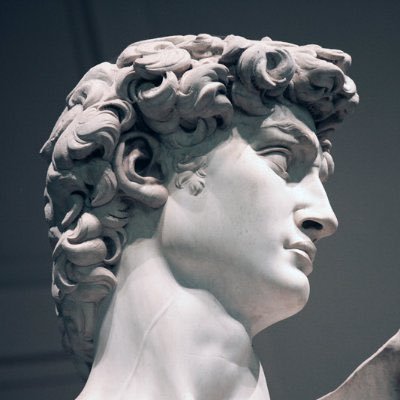“What Does Satan Look Like?”

A brief history of evil…

The question of evil is foundational to human culture — but what actually is evil, why does it happen, and what does it look like?
Today, we take a stab at the third question: a brief history of what evil looks like, not just in appearance but in nature as well.
So here’s how our depictions of the devil shape our understanding of evil…
Tricksters, Jokers, Gods
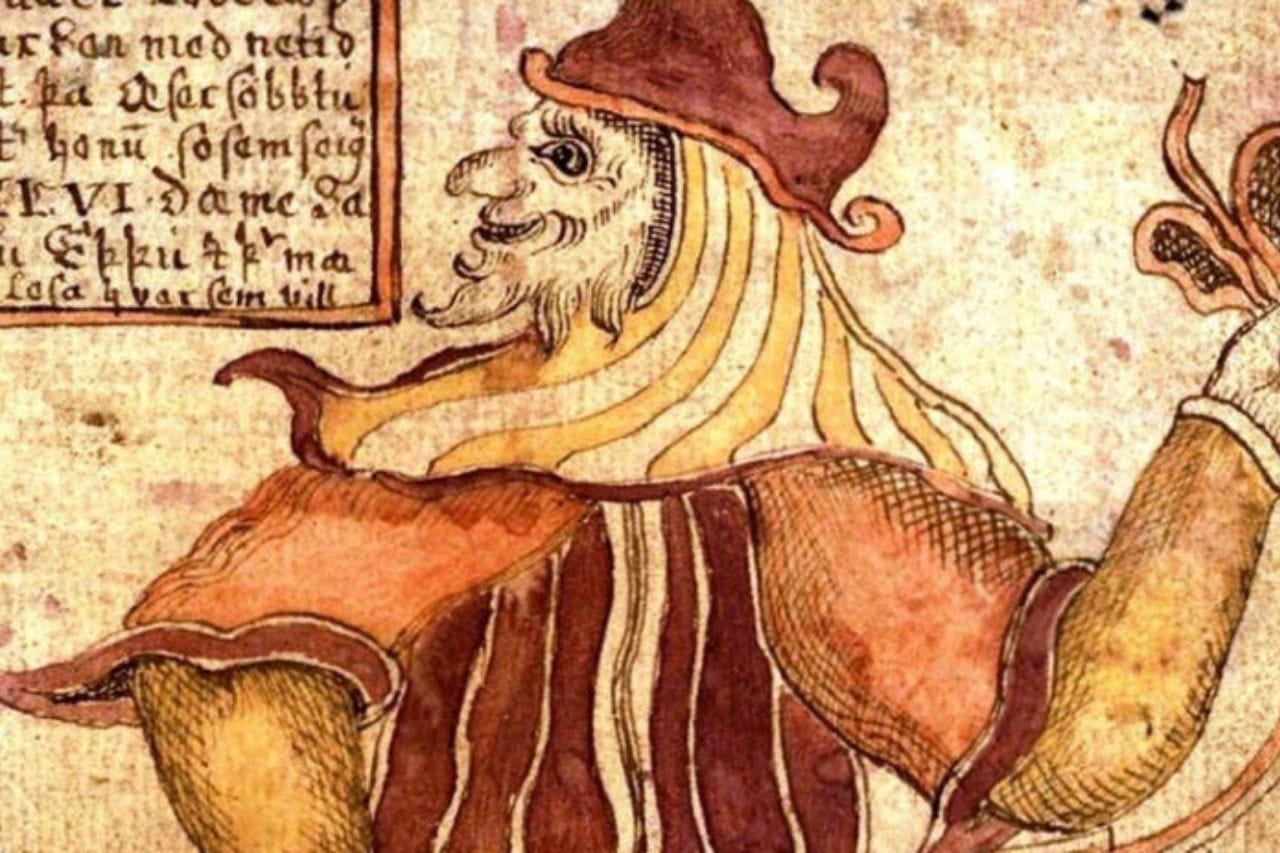
Pre-Christian mythologies give the earliest hints at devilish figures. However, many folkloric bad guys don’t represent pure evil in the same way the Devil does. Instead, pagan cultures tend to tell stories about powerful tricksters — characters that deceive or challenge human beings from motives of mischievousness rather than true evil.
Figures like Loki from Norse Mythology or Prometheus in Greek stories embody the aspect of life that is chaotic and unpredictable. They often cause destruction and harm, but at times, they can be helpful — and even downright likeable.
Batman’s Joker is a close modern reflection of the trickster archetype, even down to the way that he, like the mischievous ones of ancient tales, ends his story by languishing in captivity.
The Serpent and the Accuser
The Devil shows up soon, however. One of the Bible’s oldest books puts the Devil front and center — though it’s not easy to recognize or understand him.
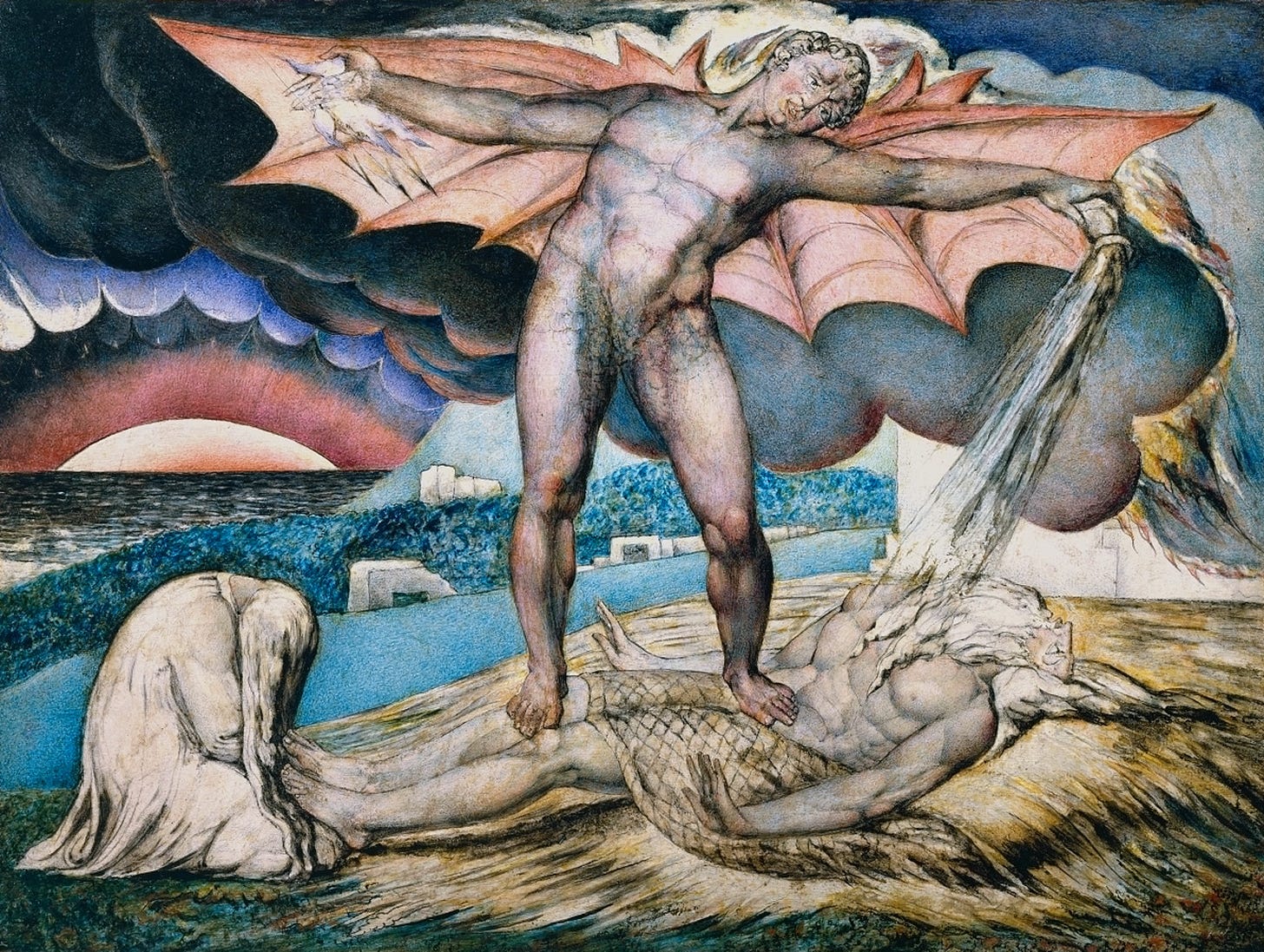
The Book of Job (written sometime between 700-300 BC) tells the story of God bragging to his heavenly court about his faithful servant, Job. At that point, someone referred to simply as the “satan” steps in.
The satan challenges God to take away Job’s blessings to see if the man will remain as pious in poverty and loneliness as he has in wealth and joy. The Book of Job addresses the fundamental religious question of whether one can have faith in God’s goodness in the midst of adverse circumstances.
What it doesn’t answer though is exactly who — or what — the satan is.
The word itself means “accuser,” raising the possibility that a member of God’s angelic court has the dirty job of calling divine attention to human sin. Another popular interpretation is that the Devil, bearing the name of Satan, crashed the heavenly party to try and tarnish Job’s reputation, gambling on gaining a soul. The story doesn’t give context for the satan, focusing instead on the human drama of Job’s losses and his fight to keep his faith.
This isn’t the only covert appearance the Devil makes. In the Genesis story, the tempter shows up in the Garden of Eden and is described as “the serpent” and “the most cunning of the animals made by God.”
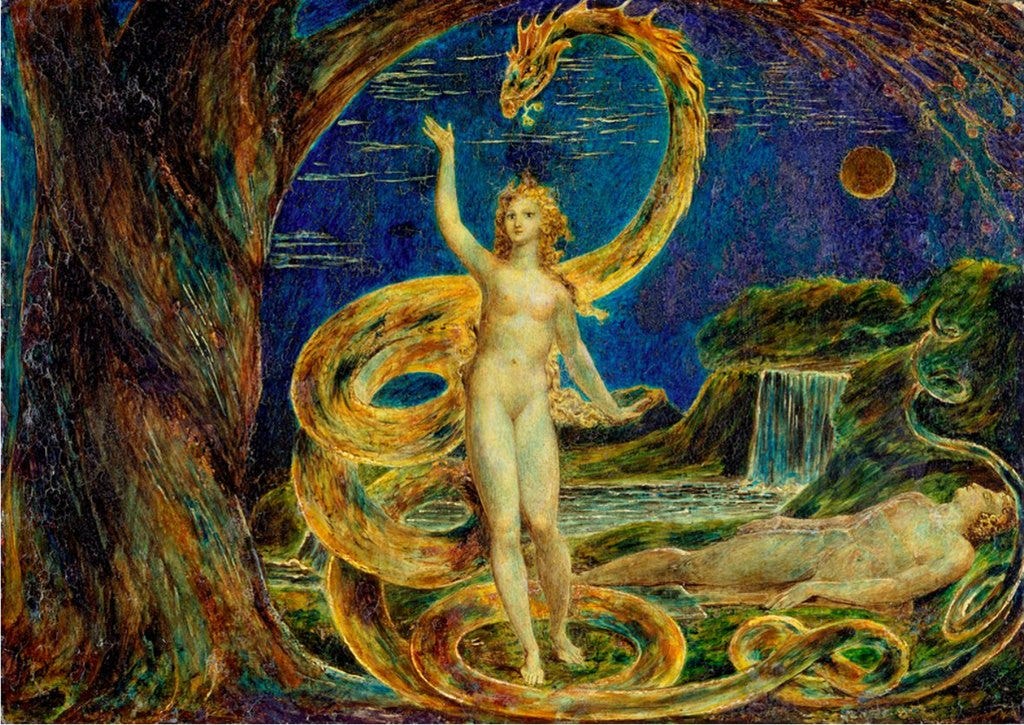
Whether the serpent is the Devil in disguise, or simply a representation of the evil that lurks even in the safest places, isn’t specified right here — it’s left open to interpretation.
Ultimately, the Jewish scriptures leave the question of evil’s source ambiguous — later authors, artists, and theologians would make it more clear…
The Ancient Dragon
But what does this mean the devil looks like? Years after the Book of Revelation, this question remained open to interpretation, a malleable element shaped more by cultural taste and literary genius than theology.
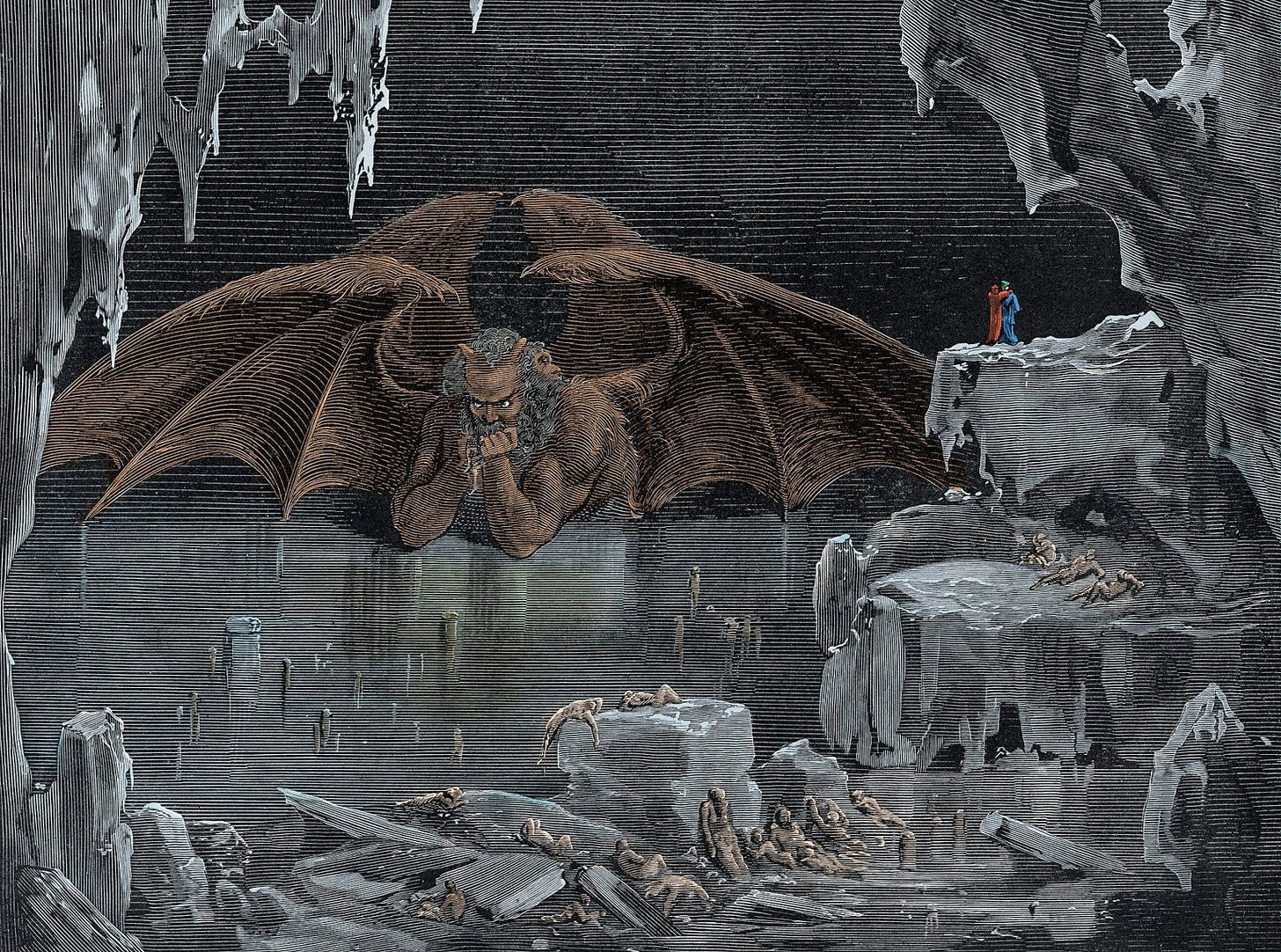
For instance, Dante’s 14th-century Divine Comedy paints a picture of Hell that still influences cultural ideas about the underworld today. In it, Dante’s Satan is a prisoner of Hell’s deepest depths, a terrible creature trapped in ice. Like all the damned, he is aware that his misery is of his own making.
Three centuries later, John Milton’s Paradise Lost presented the Devil in a very different light…
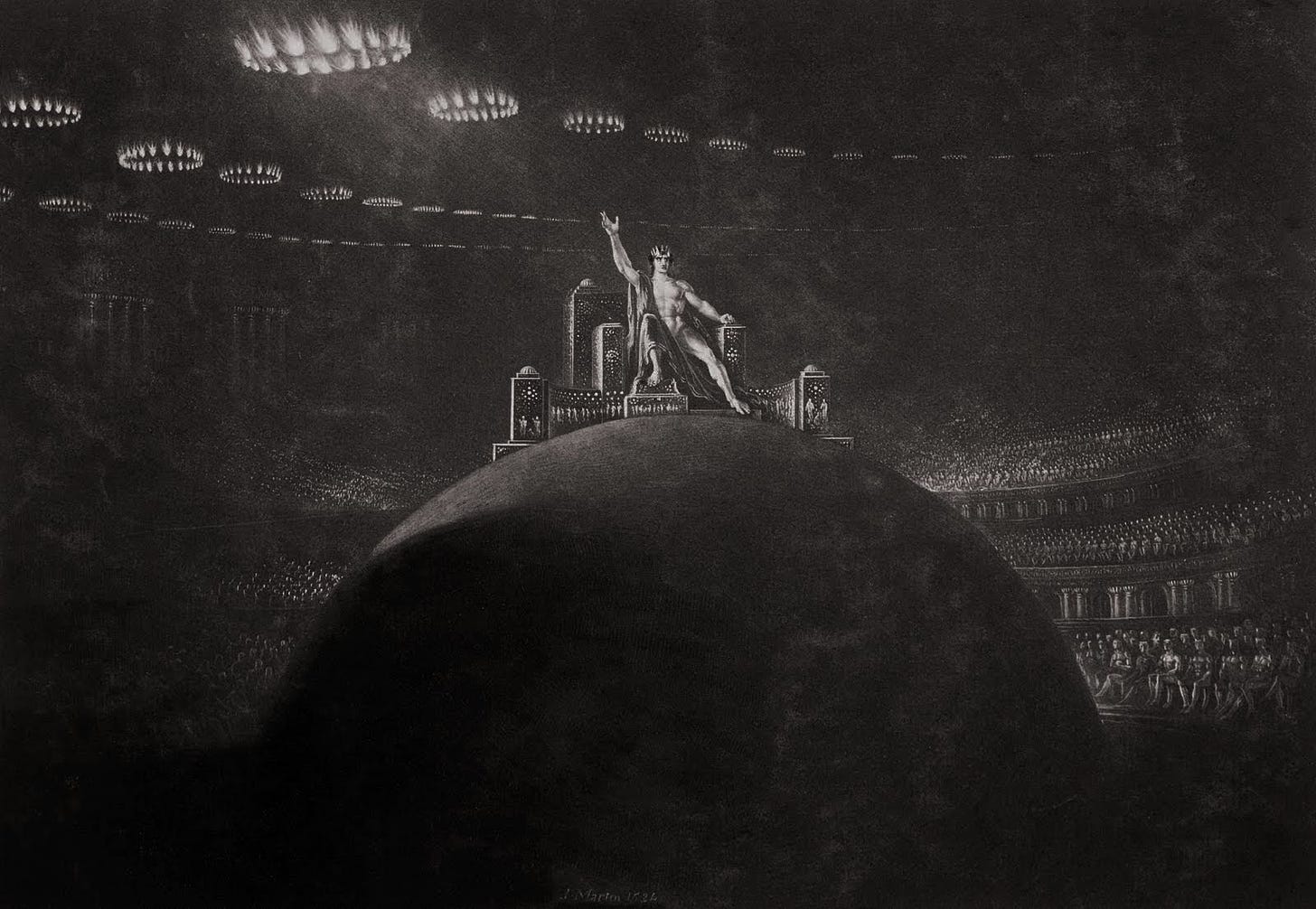
Widely regarded as literature’s first antihero, Milton’s Satan is a complex, intriguing character who boldly rebels against God’s reign. This version of Satan shakes his fist at God, declaring:
“It is better to reign in Hell than to serve in Heaven!”
The Mystery of Evil
Depictions of the Devil in great art and literature attempt to show us what evil looks like — not simply in the details of its physical appearance, but in the inherent aspects of its nature.

For example, is evil really its own miserable punishment, as depicted in Dante? Or is it a rebellious spirit, as depicted in Milton? Is it an innocuous trickster, as presented in Norse mythology, or does it actively scheme to deceive and damn souls, like in Goethe’s Faust?
Our depictions of the Devil matter, because the story of the Devil is the story of the mystery of evil. Unless we grapple with the question of why it exists and what it looks like, then we’re at risk of forgetting our own capacity for evil — and most importantly, how to fight it.
Perhaps no writer in history understood the depths of Satan’s evil like John Milton.
This Saturday, we dive into the drama of Paradise Lost, a work that reveals the destructive nature of pride — and the very essence of evil…
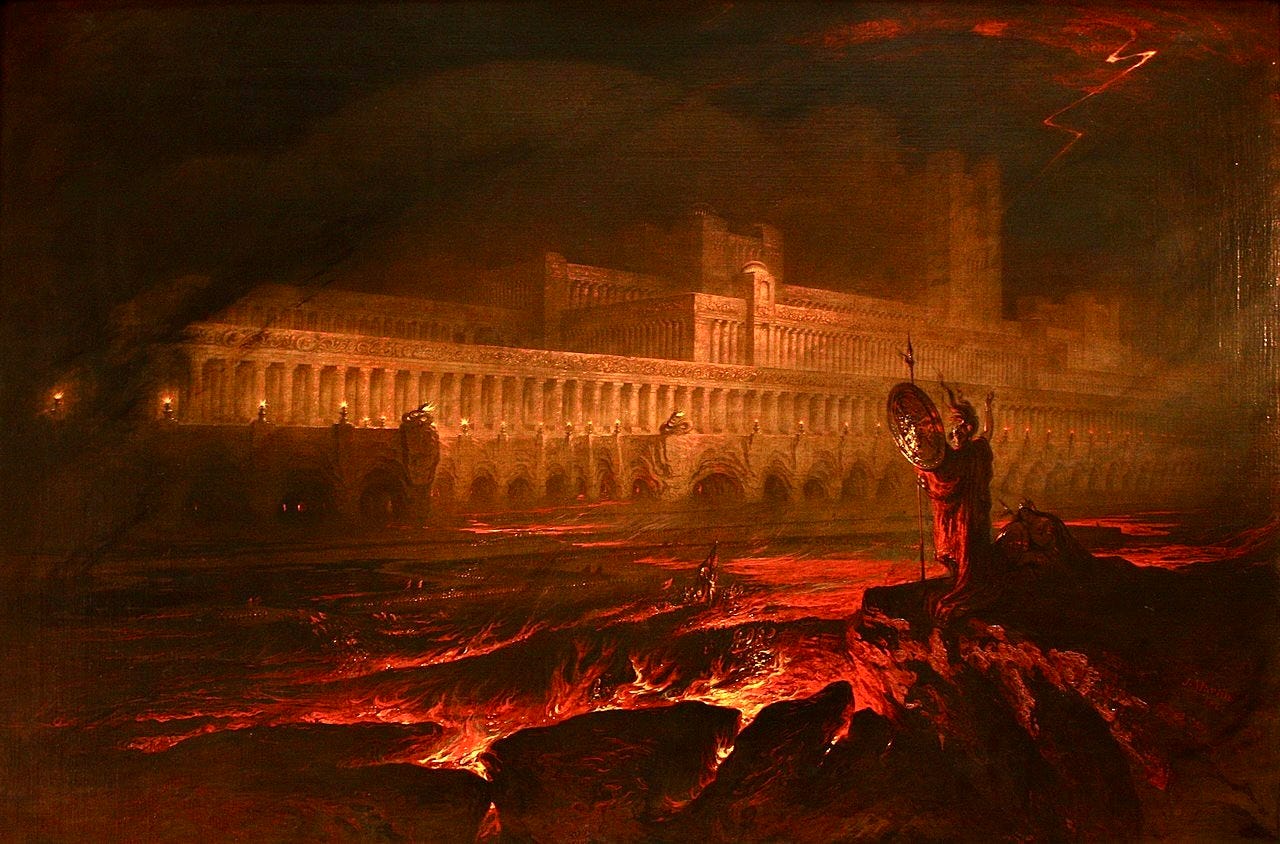
One of our country’s most important freedoms is that of free speech.
Agree with this essay? Disagree? Join the debate by writing to DailyClout HERE.




